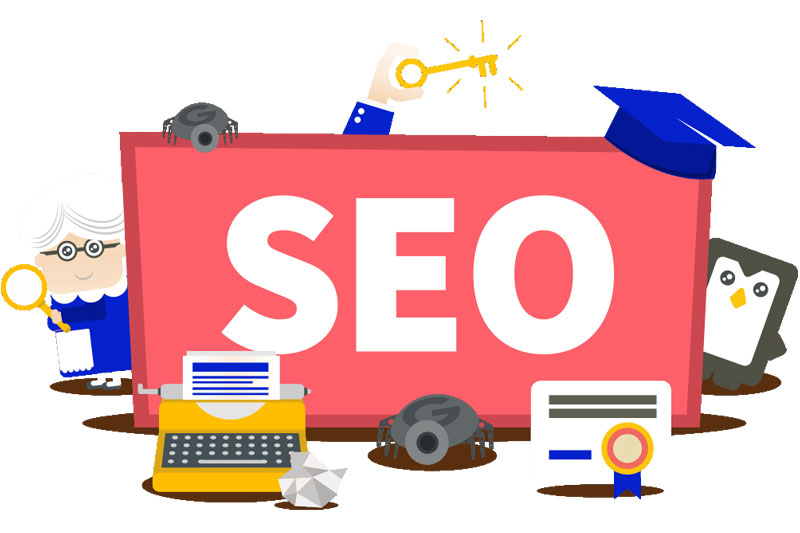On-page and Off-page SEO Techniques that You Must Know
A brief description first-
‘Every business needs a website…’
-No ifs and buts.
A website is a must. That’s it!
“Why?”, you might ask.
Because- (a) they are lead-catching (b) sales-boosting, and (c) there’s no reason to not have them. But having a website is not enough. You must ensure that people find it and engage with it. This is accomplished by visibility which in turn is accomplished by higher ranking in search engine result pages.
For improving the rankings, you must know the basic on-site and off-site optimization technique, because- when it comes to ranking, the first page is the one to aim for.
- On-Page SEO:
On-Page SEO alludes to the set of activities that you can perform on your website, so that it gets improved and optimized for search engines.
The most significant On-Page SEO techniques are:
- Optimized titles and meta descriptions: A title tell search engines that your page is relevant to the search query and a meta description gives an apt summary of the content of your page. Optimization is done by incorporating keywords and creating a piece of legit, readable information.
- Optimized URL Structures: To make the webpage more obvious for web crawlers and users.
- Easy-to-use navigation: To direct the viewer to different pages of a website.
- Optimized internal links: It facilitates easy navigation from one page to another page of the same domain.
- Optimized H1 tag (main heading) and other sub-headings (H2, H3, H4)
- Optimization of images: (reducing the image size, image naming, ALT attributes). Google crawls images and the images with fast loading speed can also get displayed in search results.
- Easy to understand pages that are fast loading and mobile-friendly
- Off-page SEO:
Off-page SEO alludes to activities you can perform outside of your website.
The most significant off-page SEO techniques are:
- Building Backlinks: You get a backlink from a website when someone links to your site. Backlinks (also known as “inbound links”) are links from one website to a page on another website. Google and other significant search engines count these backlinks as “votes” for a particular page. Pages, with a high number of backlinks, will in general have high organic search engine rankings because they are perceived to be more relevant.
- Social media Marketing: It includes consistently creating and posting high-quality content, enabling users to share your content easily, optimizing your images for SEO, getting involved in active conversations, etc. Popular posts and blogs also receive backlinks so they must be planned-out.
- Brand Mentions: These are online references that affect your brand’s image. Your site’s URL or brand name mentioned on another website impacts your off-page SEO. If the mention is in the product-review section and is in positive terms, then it often leads to more engagement and enhanced sales.
- Customer Reviews: What your customers are talking about you and the way you are responding to their reviews, determines how much you value your customers’ opinions and feedback, they are dropping about your business. Each review is fresh content for search engines to crawl and determine your websites’ trustworthiness and credibility.
Conclusion:
Learn to adapt to the ever-changing techniques of search engine optimization. It’s not simple like a walk in the park, it’s tricky but you need to begin because tomorrow’s success….starts today!

